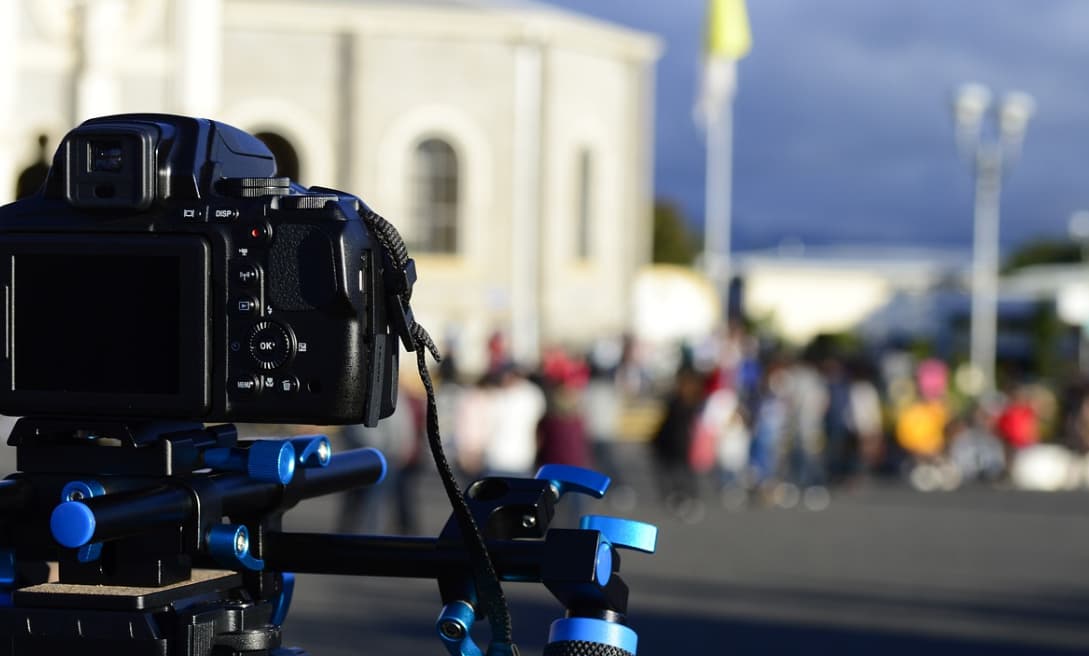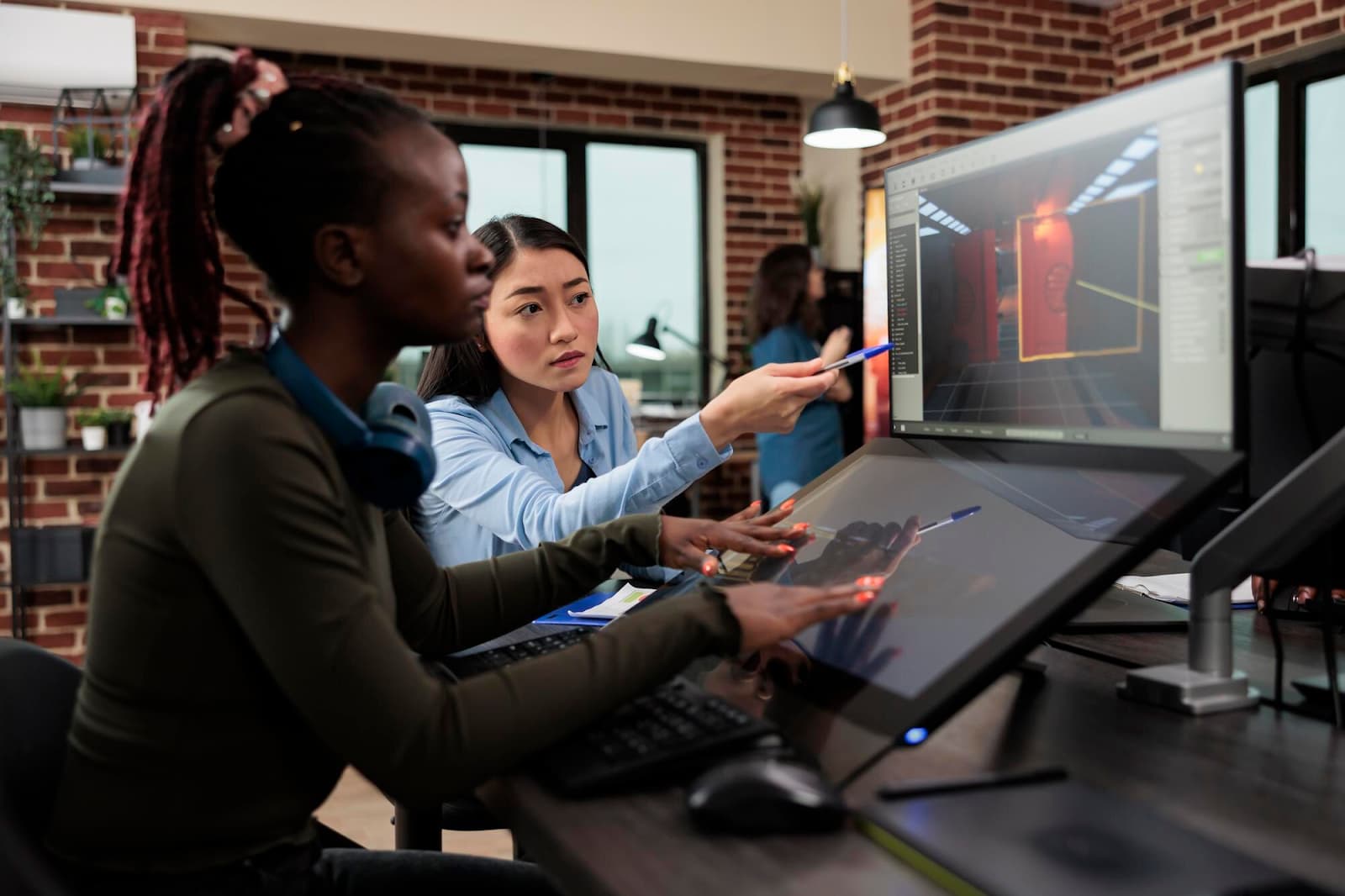Exploring the Essentials of Animation Equipment
The realm of animation has witnessed unparalleled growth, transcending its humble beginnings to become a staple across television, film, and advertising sectors. The evolution from the era of the first Disney movie to the present day, where animated features and production companies burgeon annually, marks a significant journey. This narrative delves into the critical tools and equipment aspiring animators need to embark on their creative endeavors, highlighting the significance of both traditional and modern animation techniques.
Essential Tools for Initial Steps in Animation
Colored Pencils: A Fundamental Choice
For those venturing into animation, employing colored pencils for sketching initial construction lines on paper is a common practice. These pencils, favored for their clarity against final darker outlines, play a pivotal role in the early stages of animation and comic book creation. The utility of colors like red and blue becomes evident in digital processing, where software efficiently differentiates these preliminary sketches from final strokes for deletion.
Diverse Drawing Mediums
While colored pencils serve as a basic tool, animators are encouraged to explore a variety of drawing instruments. From graphite pencils to pastels, watercolors, and felt tips, each medium offers unique possibilities for bringing animated creations to life. The exploration of different mediums not only enhances the visual appeal of animations but also allows animators to experiment with various textures and styles. Incorporating digital tablets into the mix, artists can seamlessly transition their traditional skills into the digital realm, expanding their creative horizons. Such diversity in drawing mediums ensures that animators can find the perfect tool to express their vision, whether it’s through the soft gradients of watercolors or the bold lines of felt tips, providing a rich palette of options for storytelling and character design.
Transparent Sheets: Vital for Traditional Animation
The process of traditional animation demands a plethora of drawings, each representing a frame. To achieve fluid motion, animators rely on transparent sheets or cels, which allow for precise layering and sequencing. Although alternatives like white printer paper exist, the use of thin acetate sheets is ideal, albeit at a higher cost. These transparent sheets facilitate the animation process by allowing animators to view multiple layers at once, adjusting movements and expressions with precision. The use of a lightbox further enhances this method, illuminating the sheets from below and making the tracing and refining of images more accessible. This technique, steeped in the heritage of animation, continues to be celebrated for its ability to produce animations with a classic, timeless feel. Animators treasure these materials for their role in crafting narratives that captivate and enchant audiences, underscoring the enduring value of traditional techniques in a digital age.
Capturing the Creation: Cameras and Scanners
Once the drawings are complete, the next step involves digitizing these artworks through scanning or photographing, a task that requires meticulous organization to ensure seamless sequencing and playback of frames. This digitization phase is crucial, transforming the painstakingly drawn images into a digital format ready for animation. High-resolution scanners capture the minute details and nuances of the artwork, while cameras equipped with macro lenses offer an alternative for capturing larger compositions. The organization of these digital files is paramount, necessitating a systematic approach to naming, numbering, and storing each frame for easy access and editing. This transition from paper to pixel is a critical juncture in the animation process, bridging the gap between traditional artistry and modern digital techniques, and highlighting the meticulous attention to detail that animators must maintain throughout their work.
Video Editing Software: Crafting the Animation
Tools like Adobe Premiere emerge as indispensable for converting drawings into animations. Despite the subscription cost associated with Adobe, its comprehensive suite remains a top recommendation among professionals. The advent of video editing software has revolutionized the animation industry, enabling creators to weave together sequences of images to tell compelling stories. With features like timeline editing, special effects, and color correction, these tools offer animators unprecedented control over the final product. Moreover, the integration of sound design and voice-over tracks adds depth and dimension to the animation, bringing characters to life. As animators master these software platforms, they unlock new possibilities in storytelling, creating immersive worlds that captivate viewers. The evolution of video editing software continues to push the boundaries of what can be achieved in animation, encouraging animators to explore complex narratives and innovative visual styles.
Specialized Equipment for Traditional Techniques
The Rostrum Camera
Employed in photographing animation cels, the rostrum camera stands as a crucial tool for achieving consistency across shots. However, its high cost places it beyond the reach of many beginners.
Stop-motion Animation Tools
This technique, although overshadowed by CGI in recent times, utilizes tangible models to create animation frame by frame, offering a unique charm to the final output.
Modern Animation: An Era of Technological Advancement
The transition to 3D CGI animation signifies a monumental shift in animation techniques, necessitating advanced tools and software to meet the demands of modern storytelling.
A Robust Computer
Whether delving into 2D or 3D animation, a powerful computer equipped with a high-performance graphics card and ample RAM is essential.
Animation Software: Digital Artistry Unleashed
With the right computer, animators can leverage sophisticated software to draw and animate directly on their machines, bypassing traditional paper sketches. This digital approach not only streamlines the creative process but also opens up a vast array of possibilities for intricate animations that would be difficult to achieve by hand. Software such as Blender, Maya, and Adobe After Effects allows for the creation of everything from simple 2D stories to complex 3D models and environments. Animators can manipulate textures, lighting, and physics to bring their visions to life in ways that traditional methods could never allow. The digital realm offers an infinite canvas and an unparalleled toolset for creativity, enabling artists to experiment with styles and techniques that push the boundaries of animation. This digital revolution in animation software empowers creators to explore new narratives, characters, and worlds with precision and efficiency, marking a new era in animated storytelling.
A Graphics Tablet
For seamless integration of digital sketches into animations, graphics tablets offer a direct drawing experience, eliminating the need for scanning physical artwork. These devices bridge the gap between the tactile feel of drawing on paper and the digital flexibility of animation software, providing pressure sensitivity, tilt recognition, and a natural drawing motion. This immediate feedback loop enhances the artist’s ability to create dynamic characters and scenes with a level of detail and expression unmatched by traditional methods. Graphics tablets come in various sizes and capabilities, catering to both novices and professionals, making digital artistry accessible to a broader range of creators. They not only facilitate the animation process but also open the door to digital painting, 3D modeling, and graphic design, further expanding the animator’s toolkit. With a graphics tablet, animators have the freedom to iterate quickly, experiment with styles, and refine their work in real-time, revolutionizing the way animations are crafted.
A High-quality Microphone
To complement visuals with auditory elements, investing in a quality microphone for recording voices and ambient sounds is crucial. Superior audio quality can elevate an animation, bringing characters to life and enriching the storytelling experience. A high-quality microphone captures the nuances of voice acting and the subtleties of environmental sounds, ensuring that the auditory experience matches the visual sophistication of the animation. Whether it’s for dialogue, sound effects, or music, the right microphone can make a significant difference in the final product. Directional microphones, for instance, are excellent for isolating voices in a controlled environment, while condenser microphones offer a broader range of frequencies perfect for capturing detailed soundscapes. Investing in a good microphone is essential for animators looking to produce professional-quality work, as compelling audio can significantly enhance the emotional impact and immersion of an animated piece.
Sourcing Animation Equipment
While digital tools are readily available in electronics stores, finding specific art supplies like acetate cels might require more effort. Seeking advice from experienced store personnel or animation professionals can provide valuable insights into the best products for starting out. In addition to physical stores, online marketplaces and specialty shops offer a wider range of options for both traditional and digital animation equipment. Networking with other animators and joining online communities can also lead to recommendations on where to find the best deals and most effective tools for animation projects. Workshops and conventions are excellent sources for discovering new technologies and techniques, as well as for connecting with suppliers and experts in the field. The journey to gather the right animation equipment is an opportunity to immerse oneself in the animation community, learning from the experiences of others and contributing to the collective knowledge and advancement of the art form.
Conclusion
The journey to becoming an animator is filled with exciting possibilities, starting with basic tools like paper and pencils and expanding into the digital realm with advanced equipment. The process requires a significant amount of drawings per second, making the acquisition of appropriate tools and software pivotal for anyone serious about pursuing animation as a craft or profession.



